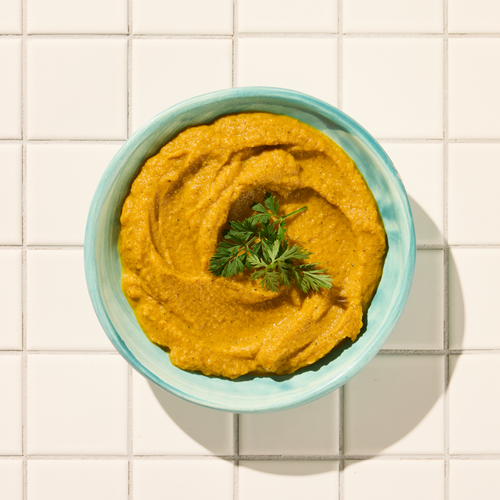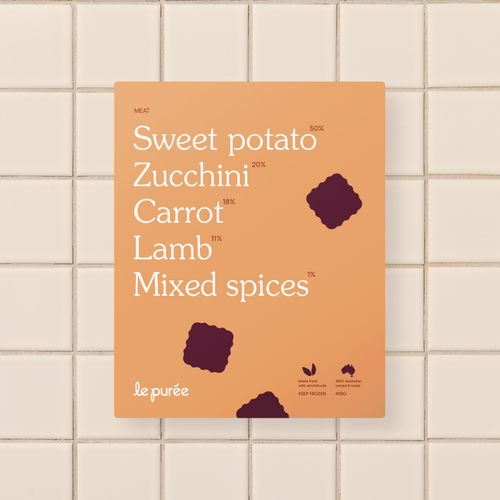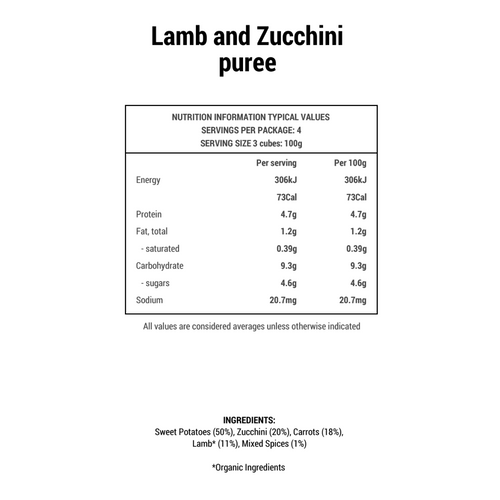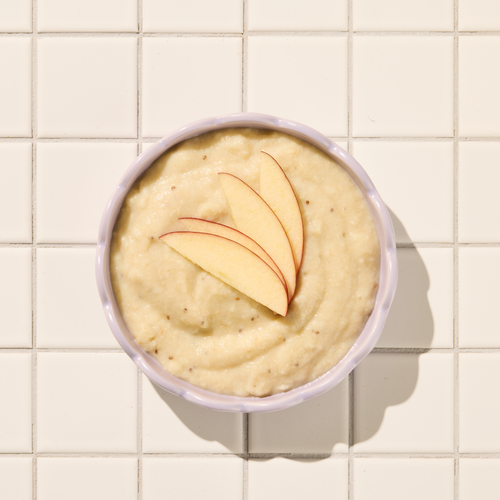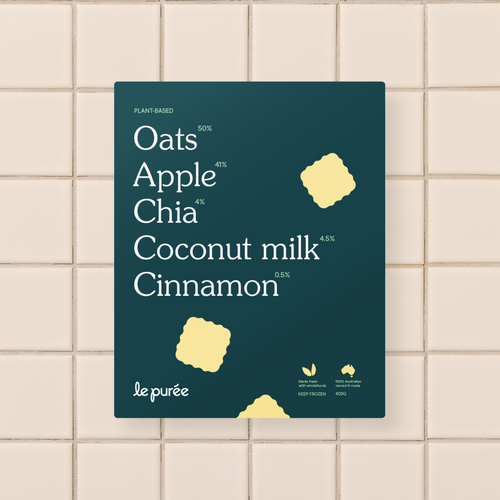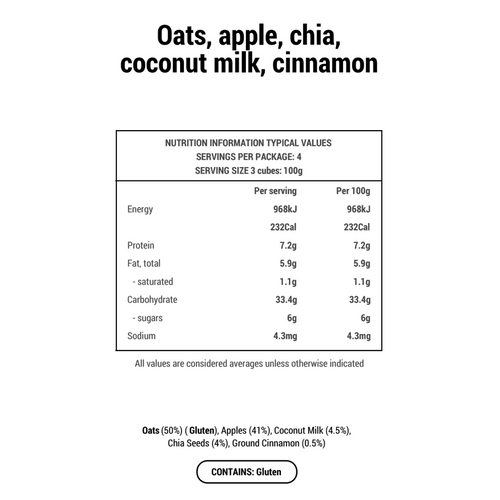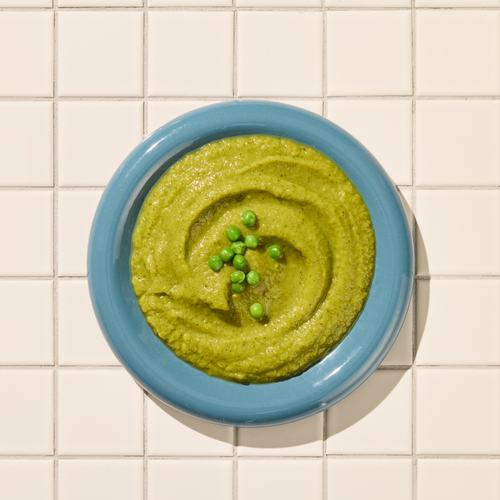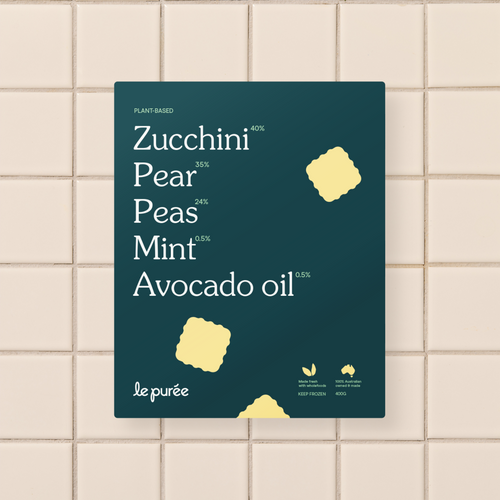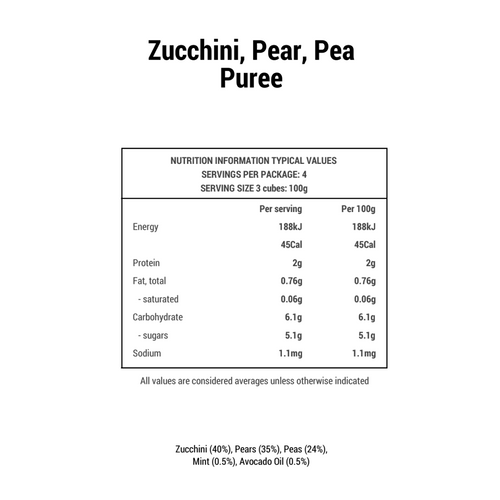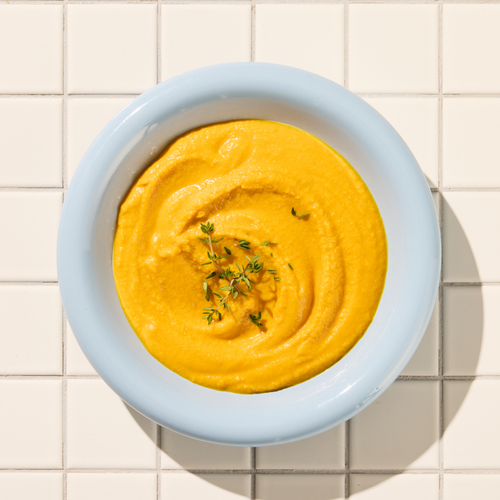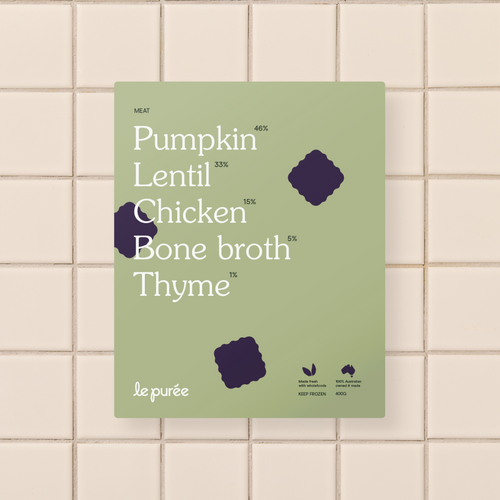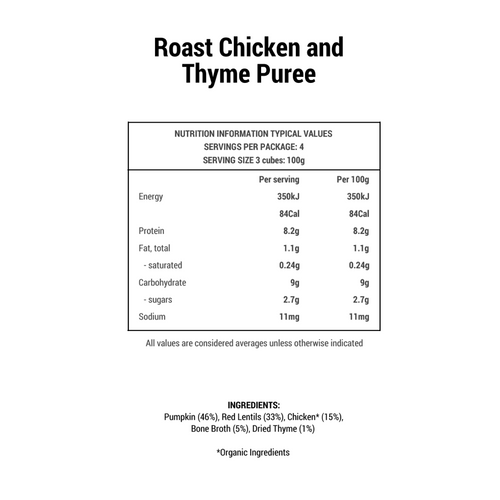Author: Anna Ritan APD, BND, Paediatric Dietitian
Starting solids is one of the most complex developmental skills your baby will learn. It takes time and lots of practice to learn to eat a variety of foods and family meals in different colours, tastes, and textures. Here are my top ten tips as a paediatric dietitian to sustain solids.
#1
Introduce a variety of healthy homemade foods from the beginning, including fruits, vegetables, grains, and meats.
#2
Let your baby touch, feel, play, squish, taste, and spit out, these are all steps to learning to eat a new food and will help them learn how to eat.
#3
As your baby gets older or right from the start, encourage them to self-feed by offering finger foods. By 8/9 months all babies should have the opportunity to self feed with finger food.
#4
Keep offering even if they don’t eat a new food, it can take 10-20 times before your baby will accept it.
#5
Be responsive to your baby’s cues, for hunger or fullness. Healthy babies are born intuitive eaters and know when they are hungry and when they are full.
#6
Eat with your baby and as much as possible eat the same food with them. Your baby will learn to eat by watching you also enjoying the meal.
#7
If you haven’t started with finger food, be sure to start lumpy textures before 9 months of age. There is a critical window for offering lumps, for developing jaw strength for chewing and swallowing skills.
#8
Use resistive sticks and teethers at meal times to help develop oral skills, these promote tongue movements needed for chewing, decrease sensitive gag reflex, and help to strengthen the jaw.
#9
Let your child explore cutlery, and spoons, hold onto spoons, and practice drinking from an open cup.
#10
Avoid distracting your child with screens to get them to eat, they will be less active and involved in learning how to eat.




